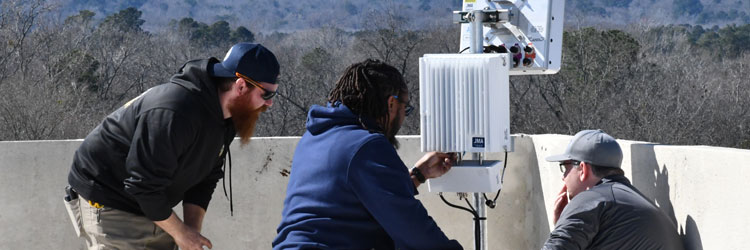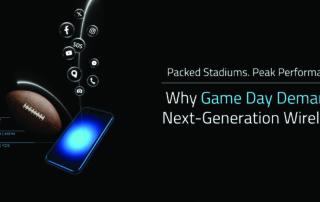On of the larger challenges that face operators today is how to cost-effectively deliver high-capacity 4G coverage, especially in densely populated indoor areas.
In city centers, stadiums, and transport hubs, high numbers of end-users connecting to a network in a single location can cause a bandwidth bottleneck, slowing down traffic and reducing data speed and reliability. The problem exists when users expect to receive the fast 4G service even though these bottleneck issues are present. Deploying small cells into a user influx area often softens the blow to end users. This has proven effective in small areas of 25,000 to 35,000 feet but has its limitations.
Matt Thompson, Vice President Americas, Cobham Wireless wrote a great article that was published in RCR Wireless on the benefits of Digital Distributed Antenna Systems (DAS). Check it out.
KEY TAKEAWAYS:
- Utilizing fiber optics to carry RF signals across a wide area, DAS delivers a far more consistent stream of connectivity
- Analog DAS is also viewed as an expensive solution
- Digital DAS, which digitizes base station data sent as RF data packets to multiple remotes in a venue
“Digital DAS offers a unique level of control over both uplink and downlink data transfer, allowing for better radio frequency noise management. Noise management algorithms featured in digital DAS will constantly monitor performance to keep signal levels at pace with the noise ratio in order to ensure maximum data throughput.”
Original source: https://www.rcrwireless.com/20180605/opinion/readerforum/a-digital-approach-to-maximizing-capacity























Leave A Comment